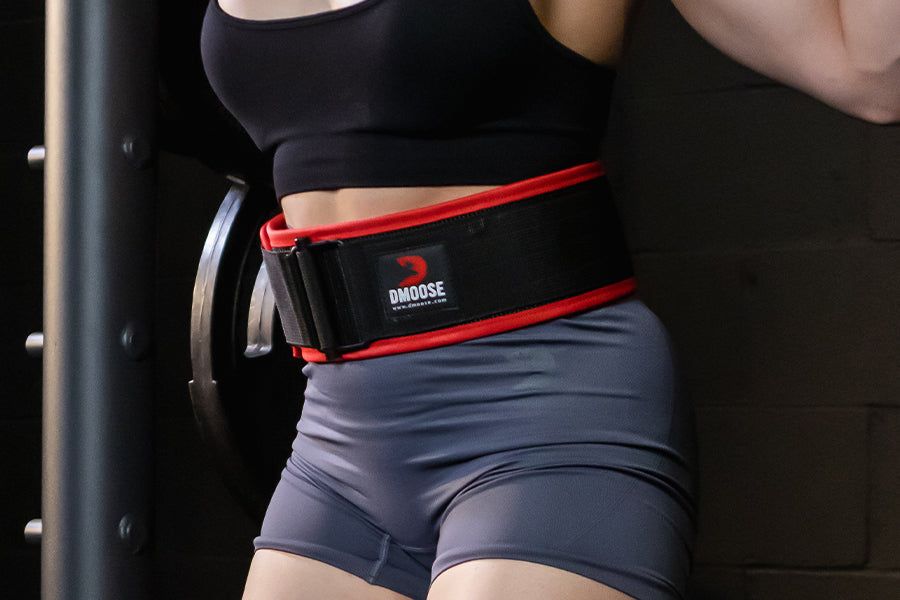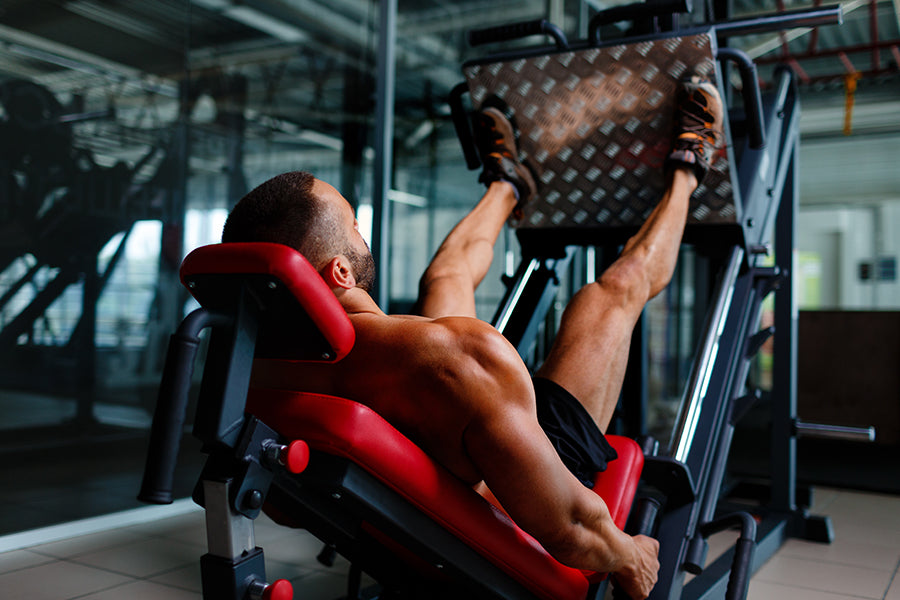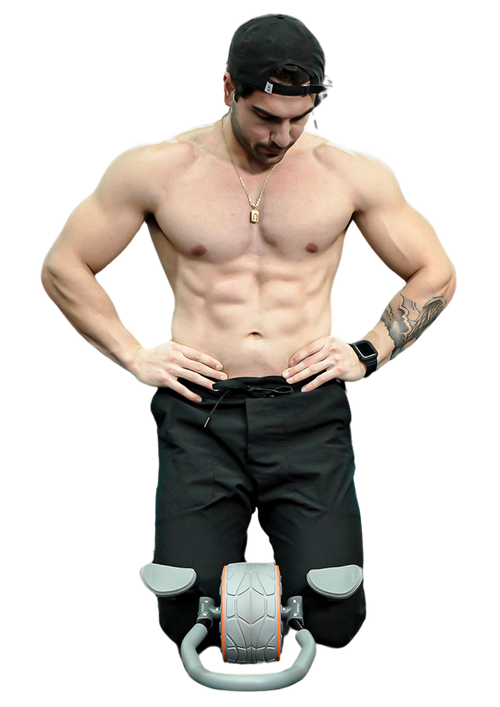When it comes to leg press exercises, there's a common dilemma that haunts gym goers and fitness experts alike.
You've probably seen it too - the guy at the gym strapping on a hefty lifting belt before settling onto the leg press machine.
This sight might have left you wondering if you're missing out on some secret technique for better gains.
However, using lifting belts during leg presses has been a topic of heated debate in fitness circles.
Purpose of Wearing Lifting Belts During Leg Press Exercise
Lifting belts for leg press exercises are used for extra support during heavy lifts and to compensate for improper form.
Here are some benefits you can achieve while wearing lifting belts during leg press workout:
Core Support
Lifting belts can help stabilize the core by providing additional support to the lower back and abdominal muscles during leg press.
Reduced Risk of Injury
They can reduce the risk of lower back injuries during leg press by promoting proper lifting technique and alignment.
Increased Intra-abdominal Pressure
Lifting belts can increase intra-abdominal pressure, which provides additional spinal support. This can help you lift heavier weights safely.
Confidence Boost
Some individuals find that wearing a lifting belt gives them increased confidence when lifting heavy weights, which can lead to better focus and performance.
So, since we know that lifting belts are useful for exercises that involve the lower back and core, it's logical that they won't be as helpful for exercises that don't work those areas as much.
FYI: A lifting belt is a tool, not a crutch. It can help you lift heavier and safer but shouldn't replace proper leg press form and technique.
Related Article: 10 Signs You Have a Weak Core Strength and How to Fix It
Benefits of Wearing a Lifting Belt for Leg Press
So, should you wear a weight belt for leg press? Below are the three main benefits:
Comfort
Wearing a lifting belt during tough workouts, like leg presses, can really boost your comfort. It acts like a firm hug around your core, giving you extra support and safety.
Plus, after exercises like squats or deadlifts, when your lower back might be tired, a lifting belt offers extra support, holding everything together and making it easier to continue.
Physical Cues
It's often easier to breathe on the leg press than during a squat, as there's no weight on your spine.
The belt acts as a reminder to breathe correctly and push against it, guiding you to perform each rep with perfect form, like a personal coach.
Confidence
One big reason lifters like to use a lifting belt for leg presses? It gives them a confidence boost.
It can make you feel unstoppable. It helps you mentally focus and can give you that extra shot of courage to really push hard during your leg press sets.
Choosing A Belt for Leg Press: Factors to Consider

As mentioned earlier, wearing a lifting belt during leg press has pros and cons. So, should you wear a lifting belt for leg presses or not?
It all comes down to personal preferences and individual needs.
What are those needs and preferences? Let’s discuss:
Type of Belt
The type of belt you choose can make a big difference. Some belts are thicker and stiffer, offering more support but potentially limiting your range of motion.
Others are thinner and more flexible, allowing for more movement but providing less support.
If you're considering using a belt for leg presses, try different types of weightlifting belts to see what feels most comfortable and effective.
For instance, a Nylon Weightlifting Belt for leg presses helps you get rid of the hindrances in your movement.
Another example is a 4-inch thick belt that has an auto-locking buckle for a customized snug fit.
Fitness Level
As a beginner, wearing a belt allows you to lift heavier weights but can hinder the development of your core muscles. On the other hand, for advanced level, a belt can help you push past plateaus.
Experience
Experience goes hand in hand with fitness level. It's important to learn how to engage your core properly without relying on a belt.
Once you've got some experience under your belt (pun intended), you can start experimenting with using one to see if it enhances your performance.
Existing Back Issues
A lifting belt can provide extra support and help prevent further injury if you have existing back issues.
However, it's crucial to talk to a healthcare professional or a qualified personal trainer before using a belt if you have back problems.
Conclusion
In a nutshell, wearing a lifting belt for leg press is a safe practice, but along with the factors mentioned above, choosing the right belt is key.
Do not compromise the health of your spine.
Before making a choice, experiment with different belt types, sizes (widths and paddings), and colors.
Purchase only from reputable brands instead of opting for a cheaper alternative.
This approach will assist you in achieving new personal records without risking potential damage.
Reading List
Article Sources
- Lander, J. E., et al. “The Effectiveness of Weight-Belts during Multiple Repetitions of the Squat Exercise.” Medicine and Science in Sports and Exercise, vol. 24, no. 5, May 1992, pp. 603–09.
- Saeterbakken, Atle H., et al. “Core Muscle Activation in Three Lower Extremity Exercises With Different Stability Requirements.” Journal of Strength and Conditioning Research, vol. 36, no. 2, Feb. 2022, pp. 304–09. PubMed, https://doi.org/10.1519/JSC.0000000000003465.














